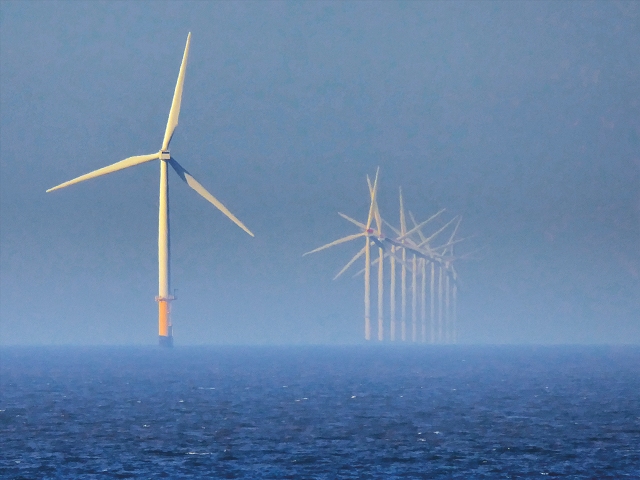According to the statistics published by those who
analyse the statistics of the National Grid, for the first time, the
electricity generated by wind power amounted to more than 50% of the total
needed in the United Kingdom on Boxing Day last year.
The rapidly-growing renewable energy sector went
past the milestone, thanks to Storm Bella that brought in sustained winds with
gusts up to 100 miles per hour, while hitting most part of the British Isles.
Although it is encouraging to note the achievement,
the fact that it’s the random wind speed, which determined the above goal, raises a
concern about our long term dependence on renewables without something to fall
back on, - on a ‘rainy day’, of course.
For instance, in September last year, according to a
report, electricity system operator was forced to increase the use of
gas-powered power plants by 20% in order to compensate for a slump in electricity
generation by renewables.
The low wind speed was a major factor for the
decision.
The following interactive animation shows how the
fluctuation of winds can affect the power output of wind turbines:
It is not rocket science to find out what really happened
during this particular period: the winds were slow and there were dark periods,
robbing the industry of its capacity to use wind turbines and solar power to their
maximum capacity.
This is a major challenge for the UK in the coming
decades as it is on a mission to achieve the well-published goal of net zero –
completely turning its back on fossil fuels by 2050.
As far as the environmental damage is concerned, it
is a noble task, indeed.
The analysts, however, raise the prospects of
turbulent times with respect to the anticipated fluctuations in electricity
generation, when wind doesn’t blow and the sun doesn’t give enough light – the dark, still
days which are at the mercy of nature.
That’s why they want to focus on daily picture,
rather than cumulative picture that comes out after relatively long periods of
time, in order to gauge the reliability and inevitable risks that could pop up,
when plans do not work as expected.
Having been blessed with relatively shallow sea belt
around the British Isles and expertise in building off-shore oil platforms in
the heyday of North Sea Oil boom, the UK has made tremendous progress in
electricity generation by wind farms. In addition, it has expanded the solar
power generation too, but to a lesser extent.
Since still and dark days can come randomly and unexpectedly,
it’s unrealistic to believe that the use of fossil fuels, when it comes to
generating electricity, is coming to an
end soon, as statistics and fact suggest otherwise.








